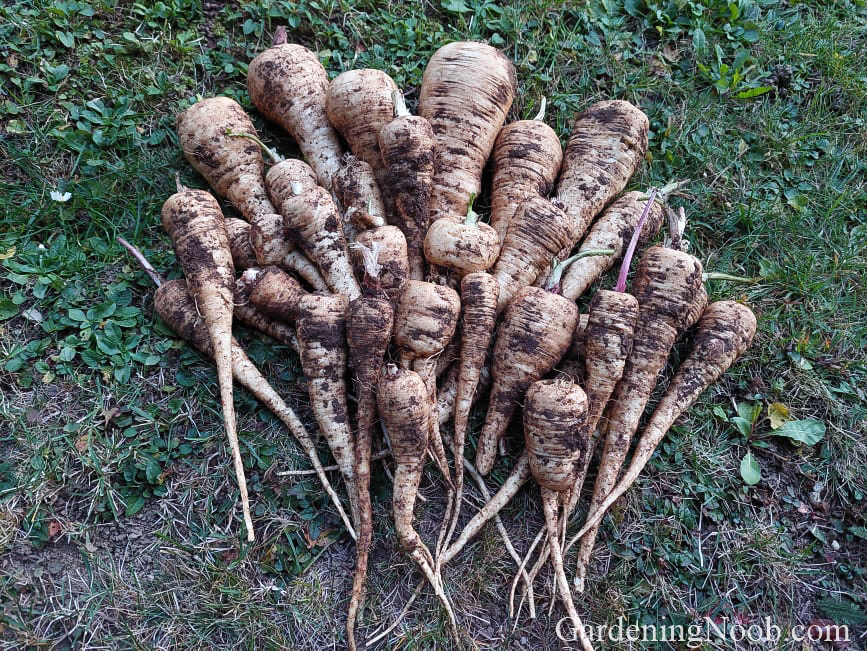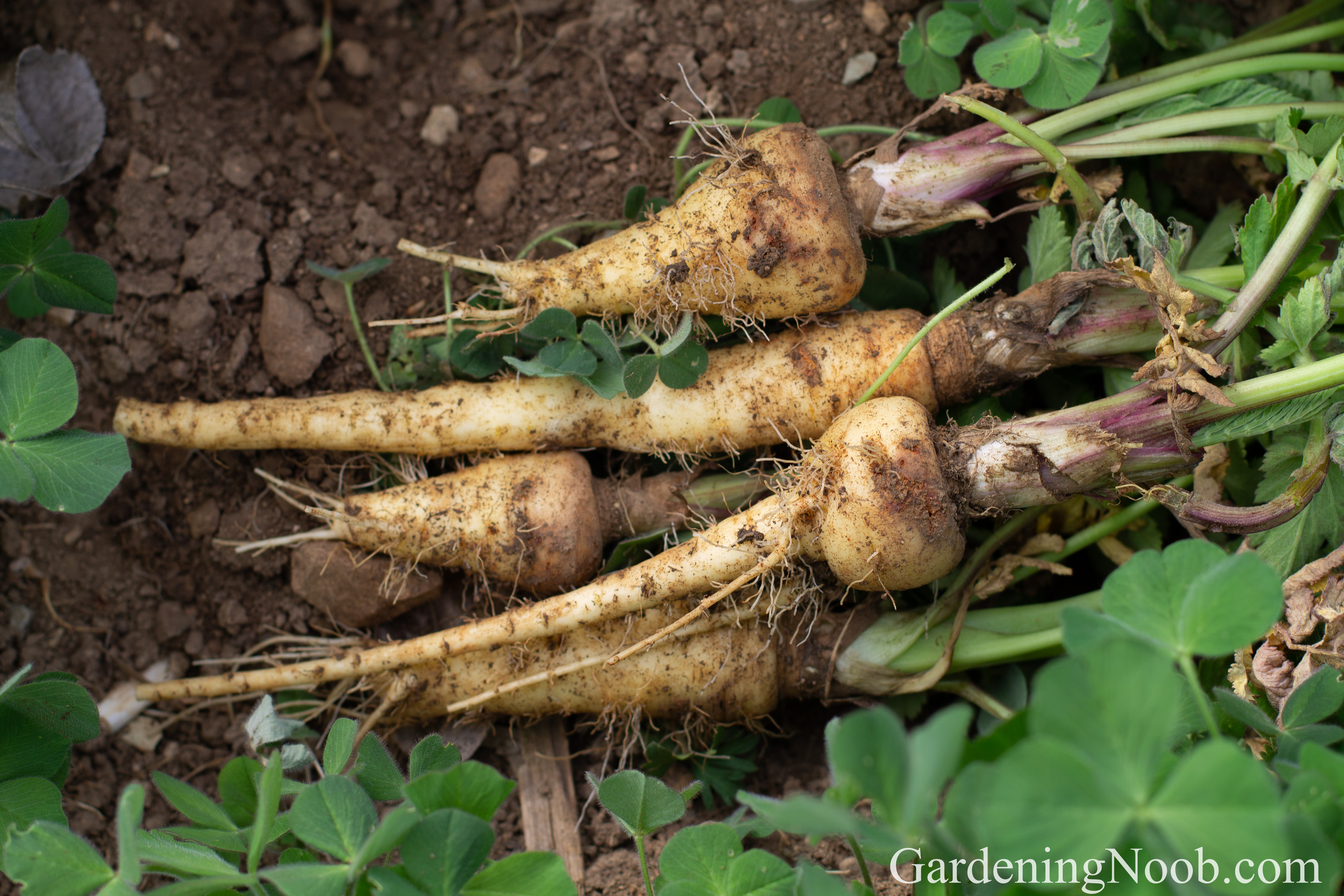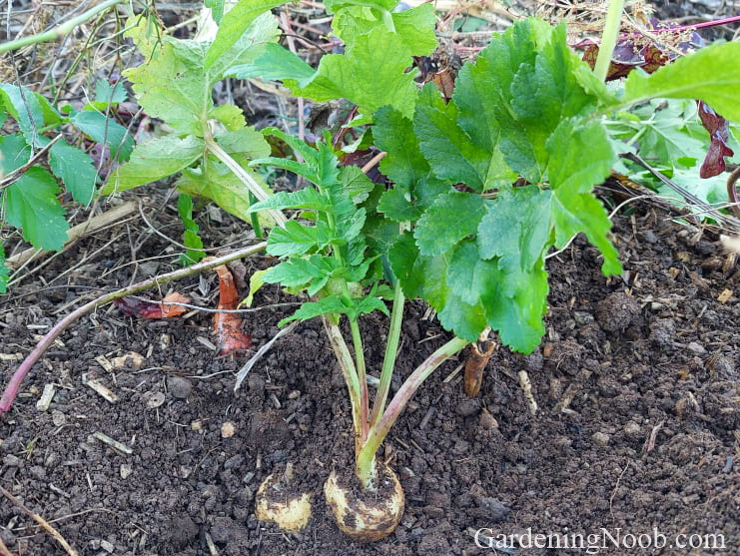
It was in year 2019 when I planted parsnip for the first time. I didn’t know anything about it prior to that. I just randomly stumbled upon it’s seeds in the garden centre and decided to try it. Once I planted it, I was eagerly waiting for this newly discovered root vegetable to sprout, grow and mature so we could try it!
Unfortunately, we didn’t get the chance to try it that year. You see, in the weeks that followed, I kept checking and looking for any unusual and unfamiliar plants that would emerge from the garden bed where I planted the parsnip seeds. But I never noticed anything new…
After a while, I kind of gave up on it. I concluded that something went wrong along the way. Perhaps the seeds had an extremely low germinaton rate. Or perhaps the garden bed where I planted it had too much weeds growing and there wasn’t enough light coming through. Or perhaps I planted it too late. Anyways, I soon stopped looking for it and forgot all about it.
It can overwinter
Then, the winter ended and the spring of year 2020 came. I went to the allotment as soon as the soil thawed to check for any overwintered plants that I could harvest. I do that every year before the allotment gets plowed and I always find something (leeks, carrots, onions, spinach)…
While harvesting the leeks, I noticed an unusual and unfamiliar plant growing in the same garden bed. I immediately remembered what I planted there. And once I digged the plants out I knew that it was indeed a parsnip!

The harvest was modest though. There were only a handful of roots and some of them had already been partially eaten by who knows what. But it was enough for us to try it and see whether we like it or not. We obviously liked it!
What surprised me though is the fact that it had overwintered. I had no idea this root vegetable can endure freezing temperatures and snow. I guess I should have researched it a bit more before planting it.
It can compete with weeds incredibly well
I don’t know about you, but I struggle with weeds every year. As soon as I stop removing them on a weekly basis, they start overgrowing every corner of our growing space. The problem was particularly exacerbating in this gardening season because I had literally no time for weeding…
I did mulch with silvergrass and sheep wool early in the spring – right after I planted the seeds. It helped until the mulch started to wear out. Then the weeds took control. At that point, I realized I was in a hopeless position and that the harvest was going to be scarse. While we did had some produce every now and then (including the unexpected squash fruits), it was not even close to what we had been getting in previous seasons.
Nonetheless, towards the end of autumn I decided to visit the allotment for one last time and see whether I could find something to harvest. Despite the fact that everything was growing on autopilot and had been overgrown with weeds for almost the entire season, I knew I was going to find something. And I did. I found onions, carrots and some beetroots too…

What I didn’t expect to find though was parsnip. But there it was. Growing and looking strong in the mids of bucketloads of weeds. What’s more, when I pulled it out it’s roots were healthy and huge. The weeds surprisingly did nothing to stop it’s growth!
It is definitely worth trying out
It’s always a good thing when you try growing a new vegetable and it turns out to be a success – despite the odds not being in your favour. I feel like growing parsnip has definitely been a success for me, although I only planted it twice up until now…

I like many things about this root vegetable. It tastes great, it is healthy, and as you can see, it is also very easy to grow. If you’re looking to try out something new in the next gardening season and have not tried growing parsnip yet, then give it a chance. I’m certain you will not regret it.
